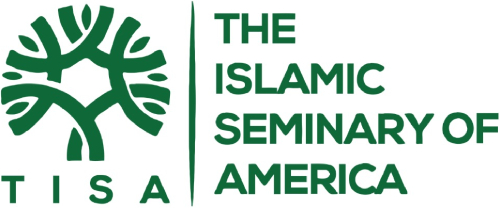I tell my story not because it is unique, but because it is not. The first question I get asked when I meet people unfamiliar with the concept of hijab is, “Why do you wear that thing on your head?” It’s a simple question, but it is loaded with misconceptions and prejudices proliferated by those who judge a woman by the way she chooses to dress. —Malala Yousafzai
The hard truth is that wearing the hijab is not easy. Regardless of faith, we all share insecurities, and Muslim women often step out into the world on a day when their confidence is low only to be judged by others for their appearance.To any Muslim woman who has experienced this: Hold your head high. Remember your strength comes from within. Your bravery, ambition, determination, and perseverance stem from a much deeper place than your appearance. The following stories about hijab remind us that hijab isn’t just about what you’re wearing; it’s about your way of life.
—Iman Mahoui

Shamaas 27, St. Louis, Missouri, USA
If one were to look up the meaning of hijab, one would find the following definition: “a head covering worn in public by some Muslim women.” Hijab is literally defined as something that is exclusive to women. But I’m here to tell you that that is not the case.
If you look beyond this definition, you’ll gain insight into hijab’s true significance. The word itself translates to “barrier” in classical Arabic. The idea of hijab is to be a barrier for a woman to shield her beauty from unwelcoming eyes. Why is it that only women have to shield their beauty from men? Why must a woman cover up while a man can do as he wishes?
But there is a hijab for men, too. It doesn’t involve them covering their hair, but it does require them to cover themselves modestly like anyone else. Often our understanding of modesty has been limited to women, but our tradition teaches us modesty is for both men and women. This is apparent in the statement of the Prophet (PBUH) “Modesty is good in its entirety.”
In Islam, a woman is told to cover her hair, while a man is told to cover his body. A man is not allowed to wear any clothes that are tight fitting, like muscle shirts and skinny jeans. A man’s modest obligations are overlooked by Western society. It is thought that Islam gives complete freedom to a man. In actuality, Islam is a religion of balance. A man is also encouraged to wear a kufi, similar to the Jewish yarmulke. A man wears it on his head to show modesty and humility to his Lord.
In Islam modesty comes in many forms: a hijab, a kufi, a thaub (a long white garment), and an abaya (a black garment worn by women). It is not bound to any one item of clothing. To say that only the hijab captures the true sense of modesty or that it only applies to women is incorrect, because the hijab is a representation of something greater than any one article of clothing. It represents modesty and humility, which apply to all the adherents of Islam, whether they are male or female. The next time someone says that hijab is something that objectifies women or creates a double standard because men don’t have a hijab, we can tell them that a man must also wear hijab. It just takes a different form.
SOURCE: Muslims of the World by Sajjad Shah
